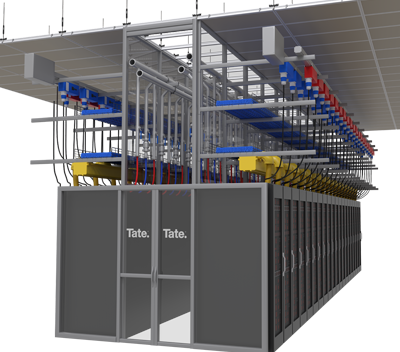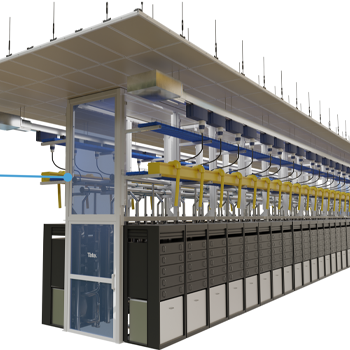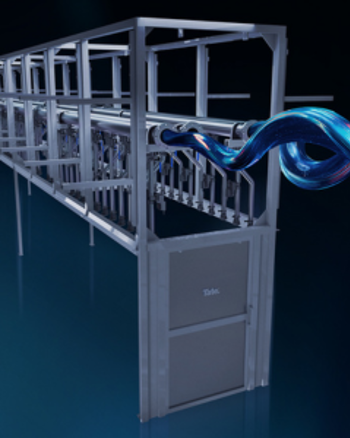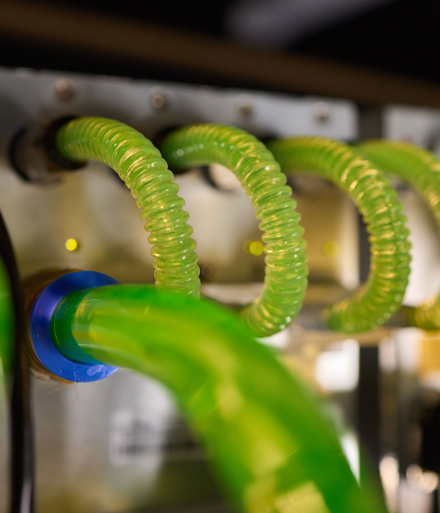
Understand how manifolds and their integration hold the key to direct-to-chip cooling in high-density data centres.
As computing demands rise, liquid cooling in high-density data centres is rapidly becoming the standard over traditional air cooling methods. From AI workloads and machine learning to HPC (High-Performance Computing) environments, modern IT equipment generates intense thermal loads that require more efficient, scalable cooling solutions.
Liquid cooling offers unmatched thermal transfer efficiency, reduced energy consumption, and the ability to support higher rack densities - critical in today’s AI-driven environments.

What is a manifold in liquid cooling?
A liquid cooling manifold is a distribution hub that channels coolant to and from IT equipment. By regulating flow, pressure, and temperature, it ensures precise and even heat dissipation across all servers.
This distribution helps prevent localised overheating and maintains stable operating temperatures, essential for maintaining uptime and system performance in mission-critical data centres.
Key benefits of using manifolds
- Improved thermal regulation: Manifolds support consistent cooling across all connected components, reducing hot spots and ensuring optimal performance of CPUs and GPUs.
- Enhanced system reliability: Precision coolant routing reduces mechanical stress and increases system longevity, reducing the risk of failure and unplanned downtime.
- Scalability: As infrastructure grows, manifold-based systems allow for easy expansion of cooling loops without the need for major reconfiguration.
- Greater energy efficiency: Manifolds help optimise flow rates and pressure, which translates into improved Power Usage Effectiveness (PUE) and reduced operational costs.
Integrating manifolds into Hot Aisle Containment (HAC) systems
Tate’s Hot Aisle Containment (HAC) systems deliver advanced airflow management, and when paired with integrated manifolds, they become a powerhouse of hybrid cooling. This combination brings together the precision of liquid cooling with the containment benefits of traditional airflow strategies.
Pre-integrated manifolds simplify deployment and reduce on-site complexity, allowing for faster installation and smoother transitions between air-cooled and liquid-cooled zones.
The future of liquid cooling in data centres
As power densities continue to increase, liquid cooling systems with integrated manifolds will become a foundational element in thermal management strategies. Manifolds will enable smarter coolant distribution as well as lower operational costs.
For operators planning new builds or retrofits, manifold-based liquid cooling systems offer unmatched performance and adaptability.







